ISO 13485 Certification: A Pathway to Regulatory Compliance in Healthcare

In the ever-evolving landscape of healthcare, ensuring the safety, quality, and effectiveness of medical devices is paramount. Manufacturers, suppliers, and distributors in the medical device industry face stringent regulations designed to protect patients and ensure high standards of care. One of the most recognized and respected frameworks for achieving these standards is ISO 13485 certification.
What is ISO 13485?
ISO 13485 is an international standard that specifies requirements for a quality management system (QMS) specific to the medical devices industry. It encompasses all stages of a medical device's life cycle, from initial design and development through production, installation, servicing, and even decommissioning. The primary objective of ISO 13485 is to harmonize regulatory requirements for medical devices, ensuring consistent quality and safety.
The Importance of ISO 13485 Certification
Achieving ISO 13485 certification demonstrates a company’s commitment to quality and regulatory compliance.
Here’s why this certification is crucial:
1. Regulatory Compliance
ISO 13485 certification helps organizations comply with national and international regulations, such as the FDA’s Quality System Regulation (QSR) in the United States and the European Union’s Medical Device Regulation (MDR). By adhering to ISO 13485 standards, companies can streamline the process of meeting regulatory requirements, facilitating market access and reducing the risk of non-compliance penalties.
2. Enhanced Product Quality
The ISO 13485 standard emphasizes a systematic approach to quality management, ensuring that every aspect of a product’s development and production is subject to rigorous scrutiny. This leads to improved product quality, reduced defect rates, and enhanced patient safety, ultimately boosting consumer confidence.
3. Risk Management
ISO 13485 incorporates risk management principles throughout the product lifecycle. By identifying and mitigating risks early in the development process, companies can prevent potential issues that could compromise product safety and efficacy.
4. Market Competitiveness
In a competitive market, ISO 13485 certification sets companies apart by showcasing their commitment to quality and regulatory excellence. This certification can be a decisive factor for clients and partners when choosing a supplier, providing a competitive edge.
The Path to ISO 13485 Certification
Achieving ISO 13485 certification involves several key steps:
1. Understanding the Requirements
The first step is to thoroughly understand the ISO 13485 standard and its requirements. This involves reviewing the standard’s clauses, identifying applicable regulatory requirements, and assessing how these apply to your organization’s processes.
2. Gap Analysis
Conduct a gap analysis to compare your current QMS with the requirements of ISO 13485. This analysis will identify areas where your system meets the standard and areas that need improvement.
3. Implementation
Develop and implement the necessary processes and procedures to close the gaps identified in the analysis. This may involve revising existing procedures, creating new documentation, and training staff to ensure compliance with the standard.
4. Internal Audits
Conduct internal audits to verify that your QMS meets the requirements of ISO 13485. These audits help identify any remaining issues and provide an opportunity to address them before the certification audit.
5. Certification Audit
Select an accredited certification body to conduct the certification audit. This audit will assess your QMS against the ISO 13485 standard. If your system meets the requirements, the certification body will issue ISO 13485 certification.
6. Continuous Improvement
ISO 13485 certification is not a one-time achievement. It requires ongoing maintenance and continuous improvement. Regular internal audits, management reviews, and updates to processes ensure continued compliance and improvement in quality management.
Conclusion
ISO 13485 certification is a vital pathway to regulatory compliance in the healthcare industry. By implementing and maintaining a robust quality management system, medical device companies can ensure product quality, enhance patient safety, and navigate the complex regulatory landscape with confidence. This certification not only demonstrates a commitment to excellence but also provides a competitive advantage in a highly regulated market, paving the way for sustained success and innovation in healthcare.


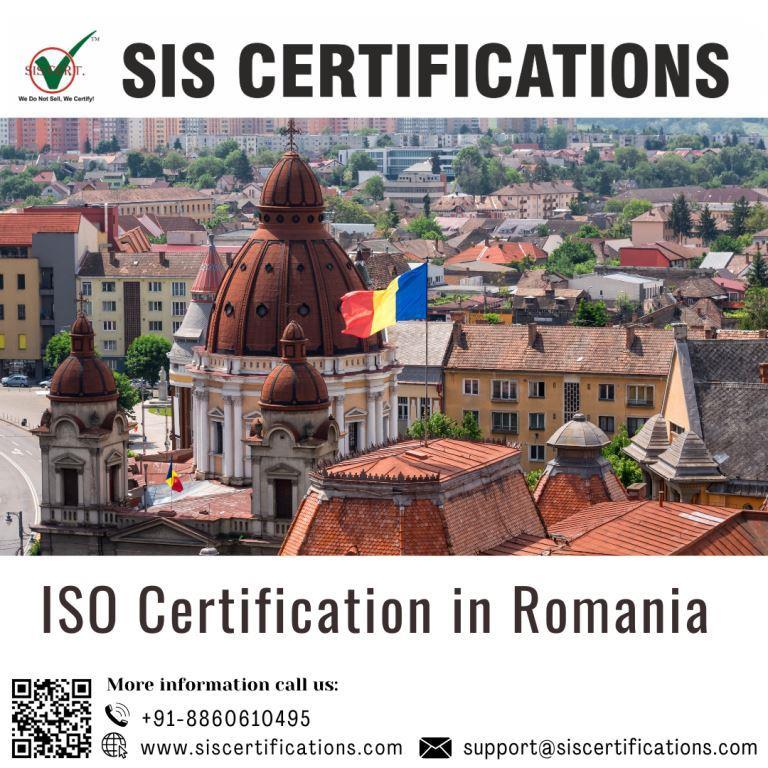
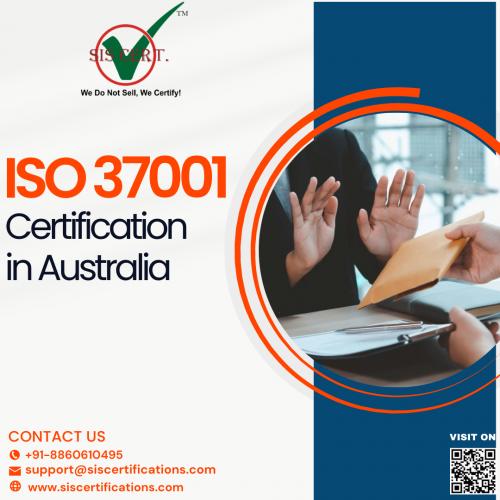
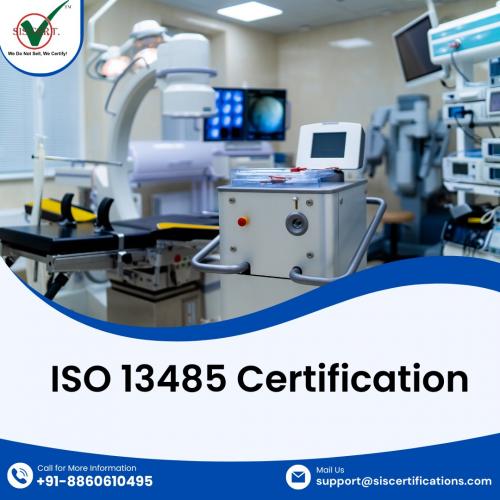

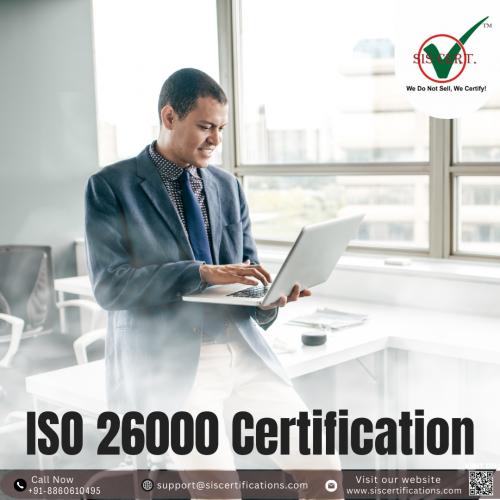

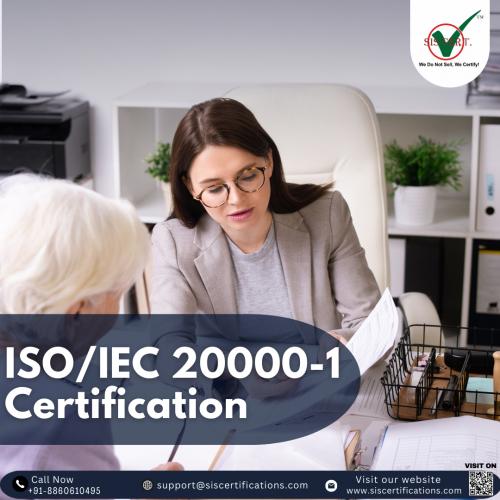
Comments